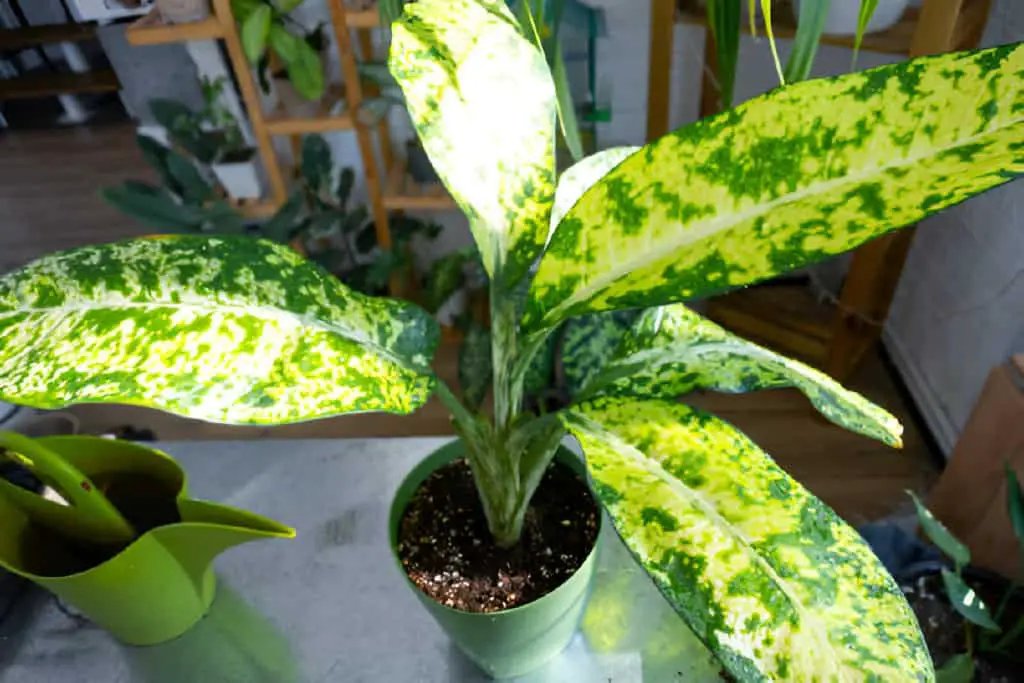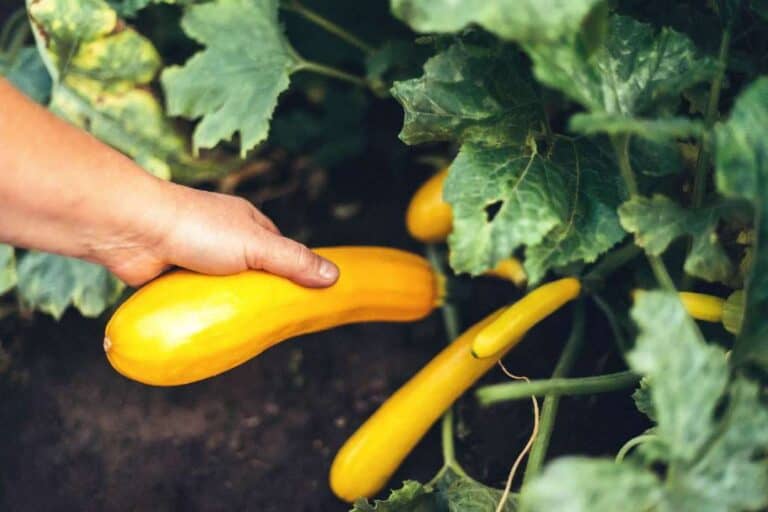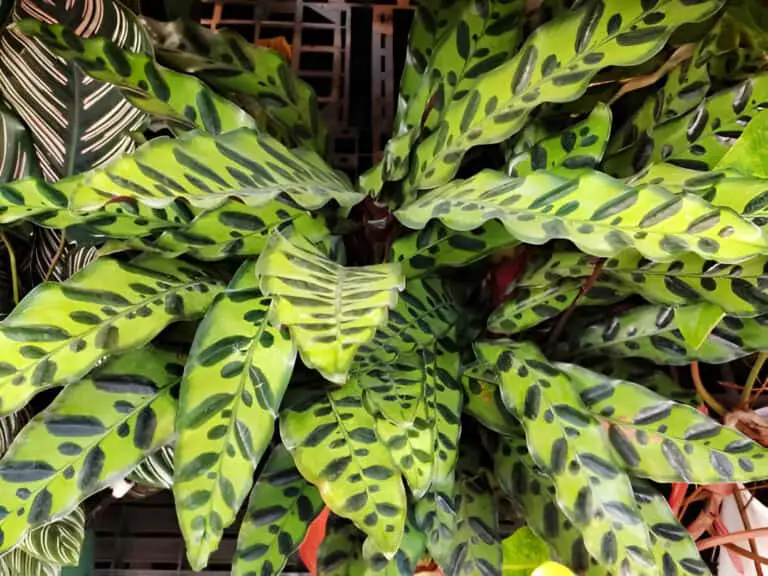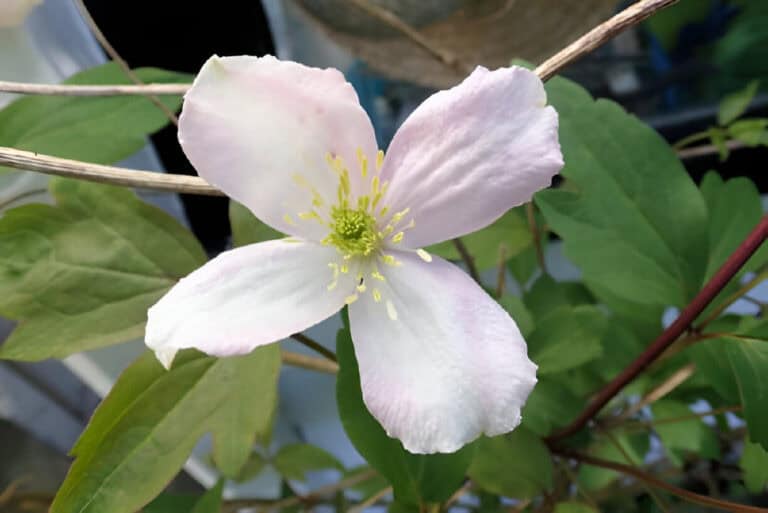How to Prune Aglaonema Plant – Beginners Trimming Guide

Aglaonema is commonly known as Chinese Evergreen. It is a popular houseplant, cherished for its striking leaves and easy care. However, like all plants, Aglaonema benefits from regular pruning to maintain its health, shape, and beauty.
Are you ready to take your indoor plant care skills to the next level? Pruning your Aglaonema plant is a simple yet essential task that can make a world of difference in the health and appearance of your plant. In this beginner’s trimming guide, we’ll walk you through the process of pruning your Aglaonema plant step by step.
Are you a new plant parent or a pro seeking new tips? This article will give you the knowledge and confidence to prune your Aglaonema plant like a pro. It will keep it healthy, vibrant, and thriving in your indoor space.
Understanding Aglaonema: A Quick Overview

Before diving into pruning techniques, it’s essential to know a bit about Aglaonema:
- Botanical Name: Aglaonema spp.
- Common Names: Chinese Evergreen
- Family: Araceae
- Origin: Southeast Asia
- Foliage: Variegated, often featuring shades of green, silver, and red
- Growth Habit: Slow-growing, bushy
- Light Requirements: Low to bright, indirect light
- Watering Needs: Moderate, allowing the soil to dry out between waterings
People love Aglaonema plants. They can adapt and thrive in low light. However, to keep your plant looking its best, regular pruning is key.
Why Prune Your Aglaonema?
Pruning serves several vital purposes:
- Promotes Healthy Growth: Removing dead or yellowing leaves encourages new growth.
- Enhances Appearance: Trimming helps maintain the plant’s shape and prevents it from becoming leggy.
- Prevents Disease: It prevents disease. Removing sick leaves lowers the risk of pests and fungi.
- Stimulates Bushier Growth: Pruning can encourage the plant to develop a fuller, bushier appearance.
When to Prune Your Aglaonema
Timing is crucial for effective pruning:
- Spring and Summer: These are the growing seasons when pruning is most beneficial. The plant can recover quickly and produce new growth.
- As Needed: Remove dead, yellowing, or damaged leaves whenever you notice them, regardless of the season.
Tools You’ll Need
Having the right tools makes pruning easier and more efficient:
- Pruning Shears: Sharp, clean shears are essential for making precise cuts.
- Gloves: Protect your hands from any potential sap irritation.
- Disinfectant: Clean your tools before and after pruning to prevent disease spread.
How Often Should I Prune My Aglaonema Plant?
As a general guideline, you should prune your Aglaonema plant at least once a year, preferably in the spring. This pruning helps to remove any dead or damaged leaves, as well as any leggy or overgrown stems, promoting new and healthy growth. However, you can prune your Aglaonema plant more often if needed. This is especially true if you notice any signs of distress or if the plant is growing too large for its space.
In addition to annual pruning, you can also prune your Aglaonema plant throughout the year to maintain its shape and size. Regularly removing dead or yellowing leaves can help prevent disease and promote overall plant health. You can also prune back any leggy stems to encourage bushier growth.
Prune your Aglaonema plant often. This will keep it healthy and looking good. It will remain a beautiful and vibrant part of your indoor space.
How to Prune Aglaonema Plant (Step-by-Step Pruning Guide)
Step 1: Inspect Your Plant
Before you begin pruning, take a close look at your Aglaonema. Identify any leaves that are dead, yellowing, damaged, or diseased. These are the leaves you’ll want to remove.
Step 2: Sterilize Your Tools
To prevent the spread of diseases, sterilize your pruning shears with rubbing alcohol or a mild bleach solution. This step is especially important if you have multiple plants.
Step 3: Remove Dead and Yellowing Leaves
Start by cutting away any dead or yellowing leaves. Make your cuts as close to the base of the leaf stem as possible. Removing these leaves will help your plant look tidier and focus its energy on new growth.
Step 4: Trim Damaged or Diseased Leaves
If you notice any leaves with spots, holes, or other signs of damage or disease, cut these off as well. Ensure you dispose of these leaves properly to prevent the spread of disease.
Step 5: Shape Your Plant
To maintain a bushy, attractive shape, prune back any leggy stems. Cut just above a leaf node (the point where a leaf joins the stem) to encourage new growth. This step helps in keeping your Aglaonema compact and well-shaped.
Pruning Tips for Different Aglaonema Varieties
Aglaonema comes in various cultivars, each with unique characteristics. Here are some tips for specific varieties:
- Aglaonema ‘Silver Bay’: This variety has broad, silvery leaves. Prune to maintain its symmetry and remove any leaves that detract from its uniform appearance.
- Aglaonema ‘Red Siam’: It is known for its striking red and green leaves. This variety benefits from removing older leaves to keep the colors vibrant.
- Aglaonema ‘Maria’: It has dense, dark green foliage. This variety may need more frequent thinning. This will prevent overcrowding and ensure enough light.
Aftercare for Pruned Aglaonema
After pruning, your Aglaonema will need some extra care to recover and thrive:
- Watering: Water your plant thoroughly after pruning. Ensure the soil is well-draining to avoid waterlogging.
- Light: Place the plant in a location with bright, indirect light to promote healthy regrowth.
- Fertilizing: Feed your Aglaonema with a balanced, water-soluble fertilizer every 4-6 weeks. Do this during the growing season to support new growth.
- Monitoring: Keep an eye on the plant for any signs of stress or pest issues. Promptly address any problems that arise.
Table: Quick Pruning Checklist
| Task | When to Do It | Tools Needed |
| Inspect the plant | Before pruning | None |
| Sterilize tools | Before and after pruning | Rubbing alcohol or bleach solution |
| Remove dead/yellowing leaves | As needed | Pruning shears |
| Trim damaged/diseased leaves | As needed | Pruning shears |
| Shape the plant | During the growing season (spring/summer) | Pruning shears |
| Water thoroughly | After pruning | Watering can |
| Provide bright, indirect light | After pruning | None |
| Fertilize | Every 4-6 weeks during growing season | Balanced, water-soluble fertilizer |
Common Mistakes to Avoid When Trimming Aglaonema
Pruning Aglaonema is relatively straightforward, but avoid these common mistakes:
- Over-Pruning: Removing too many leaves at once can stress the plant. Aim to prune no more than 20-30% of the plant’s foliage at one time.
- Sterilize tools before and after pruning to prevent disease transmission.
- Pruning in Dormant Periods: Avoid heavy pruning during fall and winter when the plant’s growth slows down.
Troubleshooting Pruning Issues
Even with proper care, issues can arise. Here’s how to address common problems:
- Yellowing Leaves After Pruning: This can indicate overwatering or underwatering. Adjust your watering schedule accordingly.
- Slow Regrowth: Ensure your plant is getting enough light and nutrients. Consider moving it to a brighter spot and fertilizing it regularly.
- Pest Infestations: Common pests include spider mites and mealybugs. Treat infestations with insecticidal soap or neem oil.
Enhancing Your Aglaonema’s Growth
To further enhance your Aglaonema’s growth and appearance, consider these tips:
- Repotting: Repot every 2-3 years to refresh the soil and provide more space for growth. Use a well-draining potting mix.
- Regular Cleaning: Wipe the leaves with a damp cloth to remove dust and allow better light absorption.
- Humidity: Aglaonema thrives in higher humidity. Increase humidity by placing a tray of water near the plant or using a humidifier.
Conclusion
Pruning your Aglaonema is an essential part of maintaining its health and beauty. By following this beginner’s trimming guide, you can ensure your plant remains vibrant, lush, and a stunning focal point in your home.
Remember to prune regularly, provide proper aftercare, and monitor your plant for any issues. With a little effort, your Aglaonema will reward you with continuous growth and eye-catching foliage. Happy gardening!






